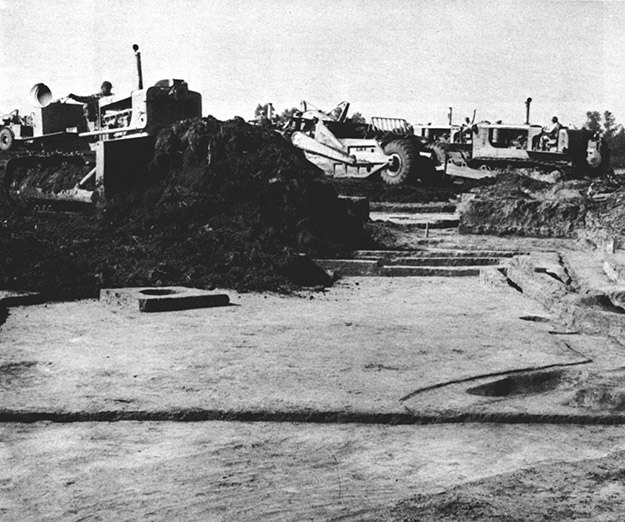 But the strategy to galvanize support for heritage resource preservation needed to address many publics. At that time, few state and federal laws had been enacted to protect archeological sites (and even burials), so members of legislatures comprised an important audience. Another consisted of the scientific community at large. Considering the authoritative voice scientific communities possessed in relation to federal and state legislatures and other governmental agencies (at least in that day), it made a great deal of sense to bring the message about the crisis of archeological site destruction to that audience as well.
But the strategy to galvanize support for heritage resource preservation needed to address many publics. At that time, few state and federal laws had been enacted to protect archeological sites (and even burials), so members of legislatures comprised an important audience. Another consisted of the scientific community at large. Considering the authoritative voice scientific communities possessed in relation to federal and state legislatures and other governmental agencies (at least in that day), it made a great deal of sense to bring the message about the crisis of archeological site destruction to that audience as well. Acknowledging laudable efforts on the part of several federal and state agencies, Hester goes on to show how even the best-intentioned programs are overwhelmed by fast-paced land and natural resource development, often involving mega-sized projects beyond the capacity of contemporary archeology to address. Many of her examples brought forth strident public condemnation expressed in newspaper articles or through other media outlets and, in some cases, adjustment of government agency policies, but to little practical impact.
Acknowledging laudable efforts on the part of several federal and state agencies, Hester goes on to show how even the best-intentioned programs are overwhelmed by fast-paced land and natural resource development, often involving mega-sized projects beyond the capacity of contemporary archeology to address. Many of her examples brought forth strident public condemnation expressed in newspaper articles or through other media outlets and, in some cases, adjustment of government agency policies, but to little practical impact.